Cupping therapy, an ancient healing practice, has gained renewed interest in recent years, drawing attention from celebrities, athletes, and health enthusiasts alike. This traditional therapy involves placing cups on the skin to create a vacuum, which in turn, draws the skin and underlying tissues into the cups. While cupping has been around for thousands of years, its benefits extend beyond the realms of mere tradition. In this article, we will jump into the world of cupping therapy, exploring its historical roots, the various methods used, and most importantly, the numerous benefits it offers.
Also Read: 10 Incredible Benefits of Sauna after Workout!
Historical Roots
Cupping therapy can trace its origins back to ancient civilizations, including China, Egypt, and Greece. The earliest recorded use of cupping was way back to 1550 B.C., in an ancient Egyptian medical textbook! It was also mentioned in the famous ancient Chinese medical text, the Ebers Papyrus, which dates to 1550 B.C. In traditional Chinese medicine, cupping is referred to as “ba guan” or “huo guan,” and it is believed to balance the body’s vital energy, known as Qi.
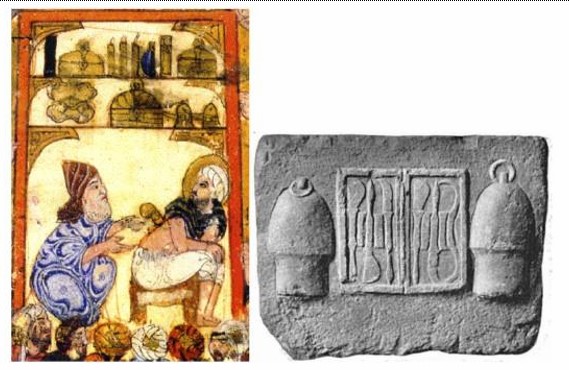
Throughout history, cupping has been used to treat a wide range of ailments, including respiratory issues, musculoskeletal problems, and even emotional disturbances. While it has evolved in various forms and techniques over time, the fundamental principle of creating a vacuum to promote healing has remained constant.
Various Methods and Techniques of Cupping
Cupping therapy has evolved into multiple techniques and methods, each with its own unique approach and set of benefits. The three primary types of cupping methods are:
Dry Cupping
This is the most common form of cupping. The therapist creates a vacuum inside the cup by briefly heating the air within or using a mechanical pump. The cup is then quickly placed on the skin, where the vacuum draws the skin and underlying tissues into the cup.
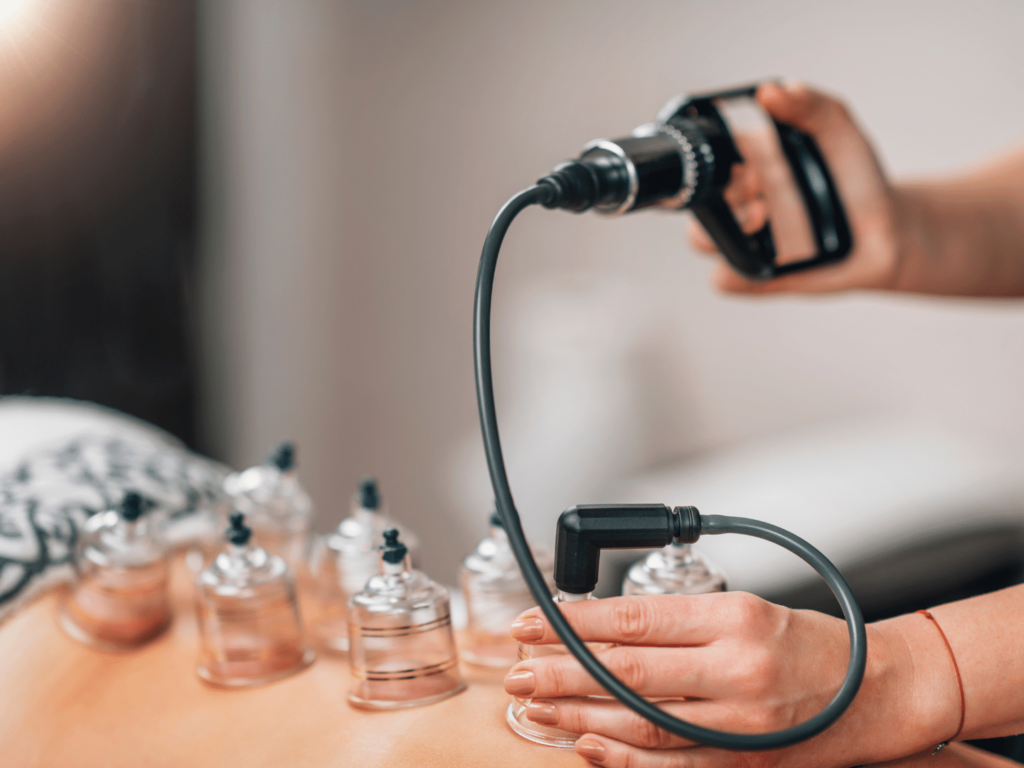
Wet Cupping
In this method, a small incision is made on the skin before placing the cup. The vacuum is created, which draws a small amount of blood into the cup. Wet cupping is believed to remove impurities from the body and is often used in traditional Islamic medicine.
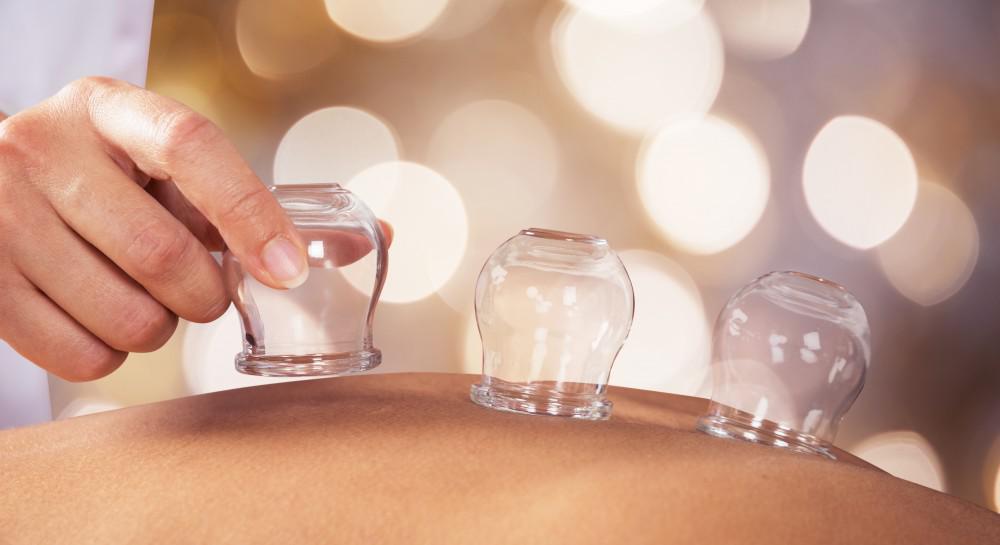
Fire Cupping
Fire cupping involves using an open flame to heat the inside of the cup. After heating, the cup is placed on the skin, and as the air inside cools, it creates a vacuum. Fire cupping is an ancient technique that is still practiced in some regions.
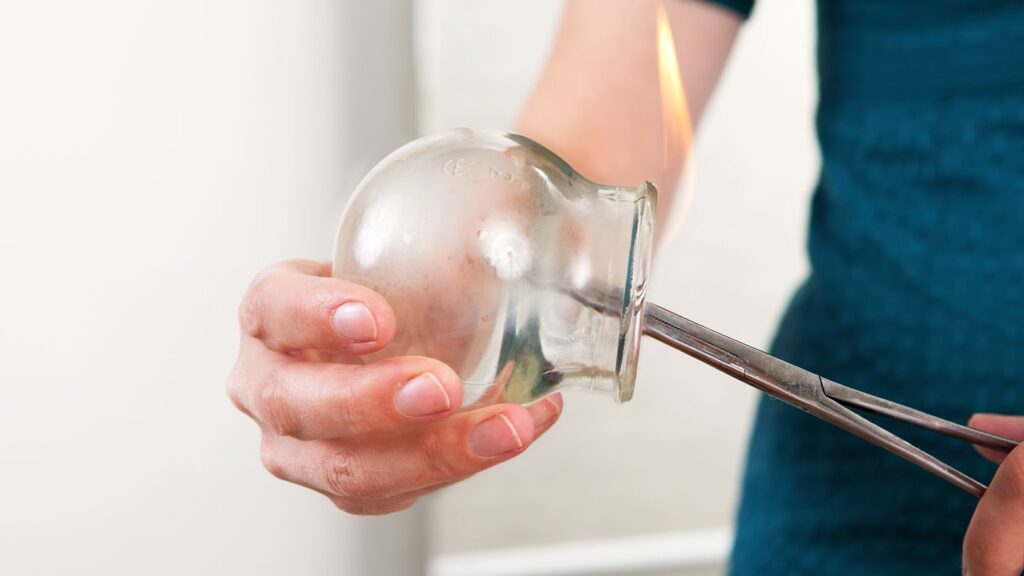
Benefits of Cupping Therapy
Cupping therapy offers a wide range of potential benefits, making it a versatile and holistic approach to health and well-being. Here are 10 key benefits of cupping that are excellent for your overall health and well-being.
Pain Relief
One of the most amazing and well-known benefits of cupping therapy is pain relief. It is often used to alleviate various types of pain, including:
- Muscle Pain: Cupping can help relieve muscle soreness and stiffness. You may have notice professional athletes and bodybuilders often use it to aid in muscle recovery and stiffness.
- Back and Neck Pain: Cupping may provide relief from chronic back and neck pain, often associated with tension and poor posture.
- Arthritis and Joint Pain: It can help reduce pain and inflammation associated with conditions like osteoarthritis and rheumatoid arthritis.
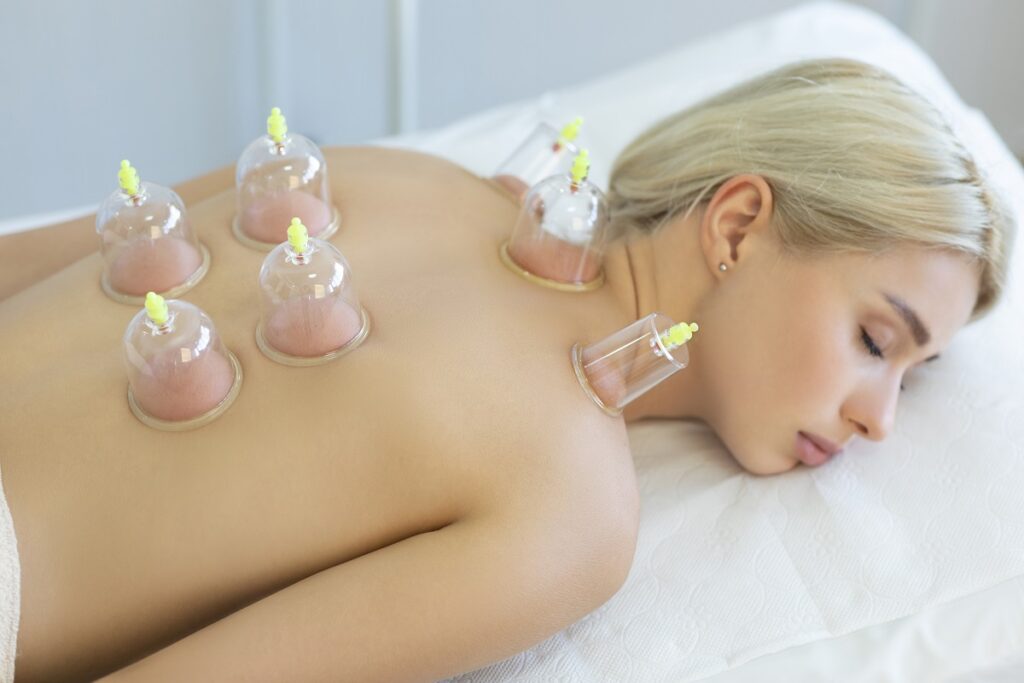
Improved Blood Circulation
Cupping therapy enhances blood circulation in the treated areas. This increased blood flow has several advantages like:
- Faster Healing: Improved circulation delivers more oxygen and nutrients to tissues, accelerating the healing process.
- Reduction in Swelling: Better circulation can help reduce swelling.
- Pain Reduction: Enhanced blood flow can alleviate pain associated with poor circulation.
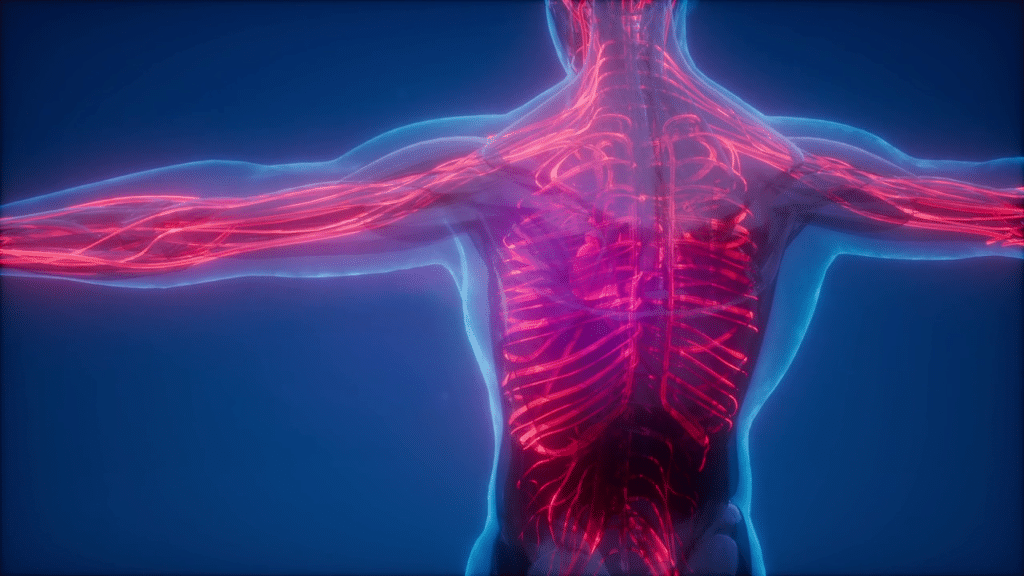
Muscle Relaxation
The suction created by cupping can relax tense muscles and release muscle knots, making it valuable for:
- Muscle Tension: Cupping can help individuals suffering from chronic muscle tension, often caused by stress or physical strain.
- Trigger Points: It can target specific trigger points, providing relief from localized muscle discomfort.
Detoxification
In wet cupping, a variation of cupping therapy, small incisions are made on the skin to draw out a small amount of blood. This process is believed to:
- Detoxify the Body: By removing impurities and stagnant blood, wet cupping is thought to help detoxify the body, improve overall function, and boost the immune system.
- Purify the Blood: Some practitioners believe that wet cupping can purify the blood, improving its quality.
Stress Reduction
Cupping therapy induces relaxation, both physically and mentally, making it beneficial for:
- Stress Relief: The physical sensation of cups on the skin, along with the soothing atmosphere during a cupping session, can reduce stress and anxiety.
- Better Sleep: Many individuals report improved sleep quality after cupping therapy sessions.
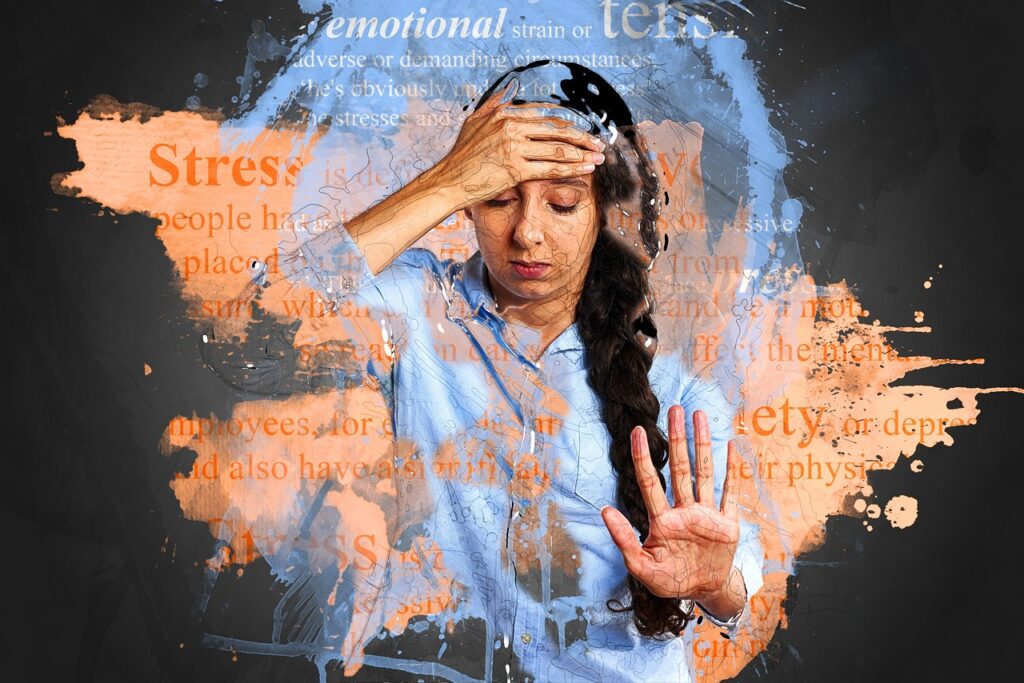
Respiratory Health
Cupping is often used to address respiratory conditions, such as:
- Asthma: It can help alleviate symptoms of asthma, such as chest tightness and shortness of breath.
- Bronchitis: Cupping may help reduce congestion and promote easier breathing.
- Coughs and Cold: It can aid in the recovery process by clearing the chest and enhancing lung function.
Digestive Health
Some practitioners use cupping therapy to support digestive health by:
- Stimulating Digestion: Cupping is believed to stimulate digestion, promoting more efficient nutrient absorption.
- Relieving Discomfort: It can alleviate discomfort associated with gastrointestinal issues, such as indigestion and bloating.
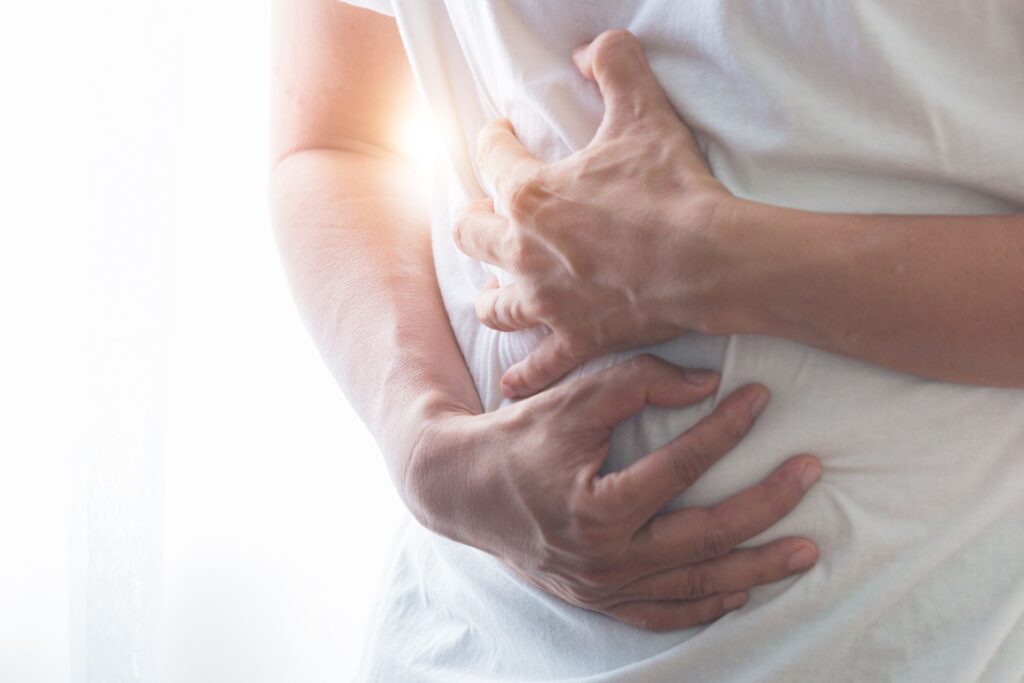
Skin Conditions
Cupping therapy can be beneficial for certain skin conditions:
- Acne: Improved blood circulation to the skin can help with acne by promoting healing and reducing inflammation.
- Eczema: Cupping may relieve the itching and discomfort associated with eczema.
- Cellulite: It is believed to improve the appearance of cellulite by promoting blood flow to affected areas.
Enhanced Immunity
The detoxifying effect and improved circulation associated with cupping therapy may contribute to a stronger immune system and we all know that a strong immune system helps the body defend against various types of illnesses and infections.
Holistic Well-Being
Beyond specific health benefits, many individuals find cupping therapy to be a therapeutic and relaxing experience as It can contribute to overall well-being by promoting physical and mental balance.
Contemporary Use and Popularity
While cupping therapy has deep historical roots, it has experienced a resurgence in popularity in recent years, thanks in part to high-profile endorsements from athletes and celebrities. Many massage therapists, acupuncturists, and alternative medicine practitioners incorporate cupping into their treatment protocols.
Athletes, in particular, have embraced cupping as a recovery tool. It is often used to reduce muscle soreness and accelerate the healing of sports-related injuries. Michael Phelps, the celebrated Olympic swimmer, drew widespread attention to cupping during the 2016 Rio Olympics when he displayed cupping marks on his shoulders and back.
Additionally, cupping therapy has gained recognition in the world of complementary and alternative medicine (CAM). It is increasingly utilized as part of integrative healthcare approaches, where conventional and alternative therapies are combined to provide comprehensive patient care.
Safety and Considerations
While cupping therapy offers numerous benefits, it is essential to consider safety and potential side effects:
Bruising and Marking
Cupping can leave temporary circular marks on the skin, often referred to as “cupping marks” or “hickies.” These marks typically fade within a few days to a week.
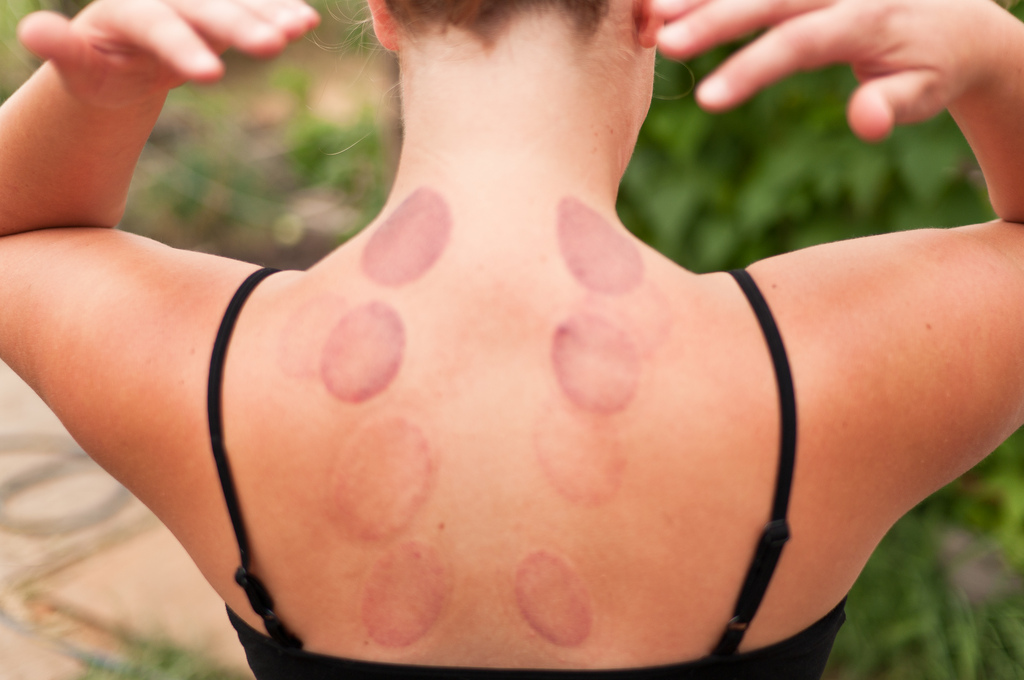
Infection Risk
Wet cupping carries a higher risk of infection due to the small incisions made on the skin. It is crucial to ensure that the practitioner follows strict hygiene and sterilization protocols.
Skin Sensitivity
Individuals with certain skin conditions or sensitivities should consult a healthcare professional before undergoing cupping therapy to avoid exacerbating their condition.
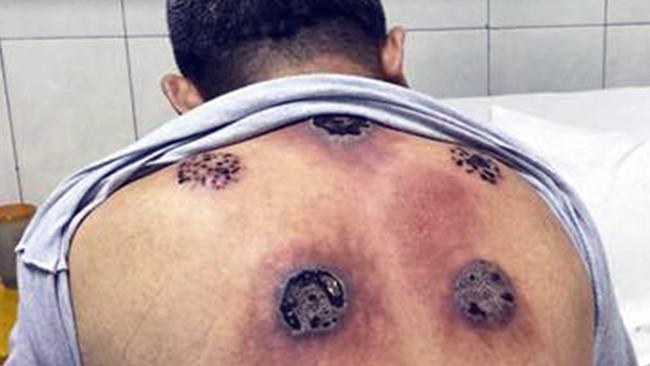
Individual Variability
Not everyone may experience the same benefits from cupping, as individual responses can vary. It is essential to communicate openly with your practitioner about your goals and concerns.
Don’t Miss: 10 Benefits of Ice Bath – Exploring The Chilling Truth!
Conclusion
Cupping therapy, rooted in ancient traditions, continues to offer a wide array of benefits in the modern world. Its versatility, holistic approach to health, and relatively low risk of side effects make it an attractive option for those seeking natural alternatives to conventional medical treatments. As with any alternative therapy, it’s essential to consult with a qualified practitioner and consider your specific health needs before embarking on a cupping journey. Whether you seek pain relief, relaxation, or overall well-being, cupping therapy stands as a timeless and enduring practice with the potential to enhance your physical and emotional health. Hopefully, you found this article helpful enough. If you really did then let us know your valuable thoughts in the comment section down below. Thanks for visiting and appreciating our work.
